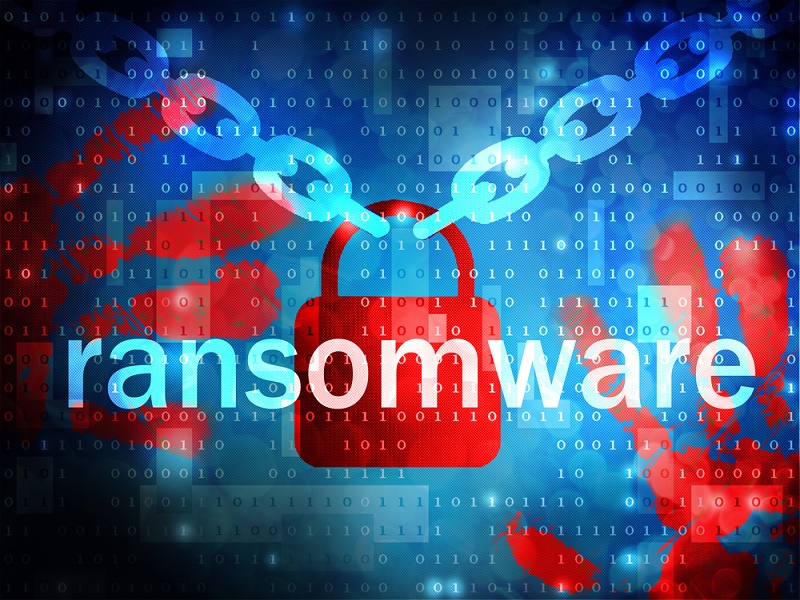Throughout the years, there have been various versions of ransomware infecting computers all over the world. Both individual and enterprise users have been affected by these nasty pieces of software, which can wreak a fair bit of havoc. To most people, ransomware is automatically associated with Bitcoin, but this hacker trend started out before Bitcoin was even remotely attractive. One of the first pieces of ransomware to make a major impression was called Reveton, which accepted various payment methods that were far more anonymous.
Also read: Zero-knowledge Privacy Notepad Service Passphrase.io Returns To The Living
Reveton Was The First Major Ransomware

Based on the information found on Wikipedia, the first major wave of ransomware infections was caused in 2012. Even though Bitcoin was around at that point in time, the digital currency had a very niche appeal, with very few users actively exploring the concept. But 2012 was not about Bitcoin itself, as this is the time when Reveton started rearing its ugly head.
Some people may remember Reveton as it was a major ransomware trojan spreading messages on computer screens of how the host device has been used for illegal activity. A big law enforcement logo was displayed as part of this ransomware attack, which ranged from the FBI to local police. Many users were scared out of their mind when they saw this message appear, as Reveton completely locked down the computer as well.
Among the text appearing on the screen were instructions on how people could avoid the investigation and regain computer access by paying a small amount of money. This “fine” had to be paid through Paysafecard or Ukash, both of which are semi-anonymous online payment solutions which are still popular to this very day.
Various media outlets and news reports on TV made mention of the Reveton ransomware, as this piece of software was responsible for infecting thousands of computers in the European Union alone. During the summer of 2012, Reveton made its way to the United States and Canada as well.
But the misery didn’t end there, as new variants started popping up later that year. One of the Reveton clones demanded the ransom to be paid through Moneypak, which is another anonymous online money transfer service. Even more new variants of Reveton were discovered as recent as August 2014, and the ransomware still wreaks havoc to this very day.
Hackers were not resting on their laurels though ,as the concept of infecting remote computers and getting paid for doing so became a major appeal to internet criminals all over the world. Several of the more recent ransomware types started demanding payment in Bitcoin, which many people still see as an anonymous digital currency. In the next article, we’ll talk more about Bitcoin ransomware, starting with CryptoLocker.
Source: Wikipedia
If you liked this article follow us on Twitter @themerklenews and make sure to subscribe to our newsletter to receive the latest bitcoin and altcoin price analysis and the latest cryptocurrency news.

